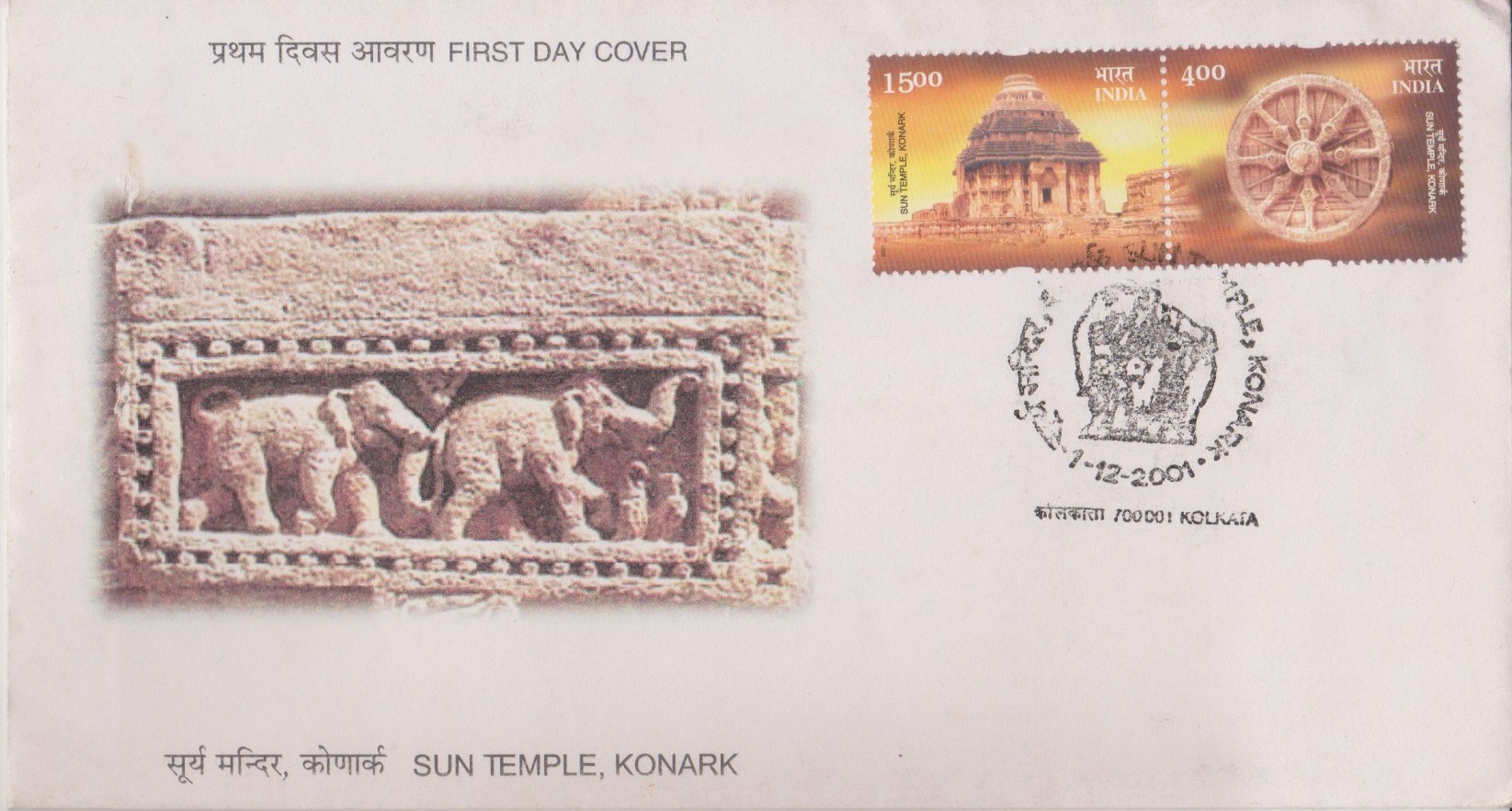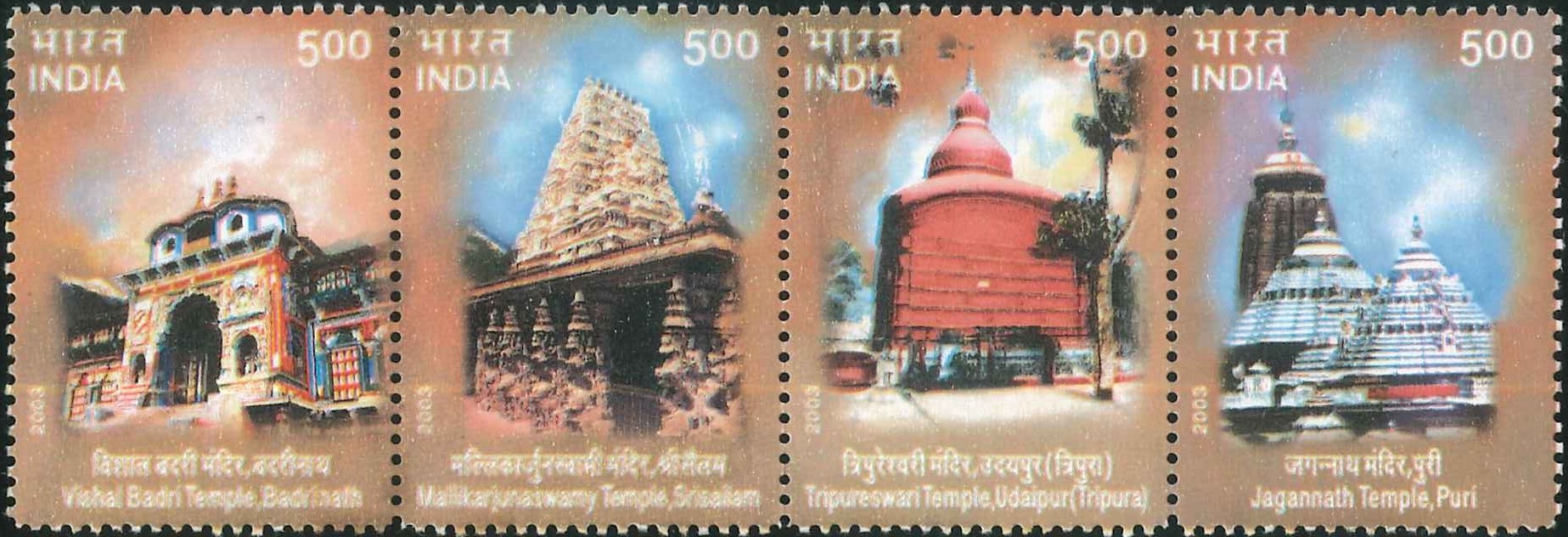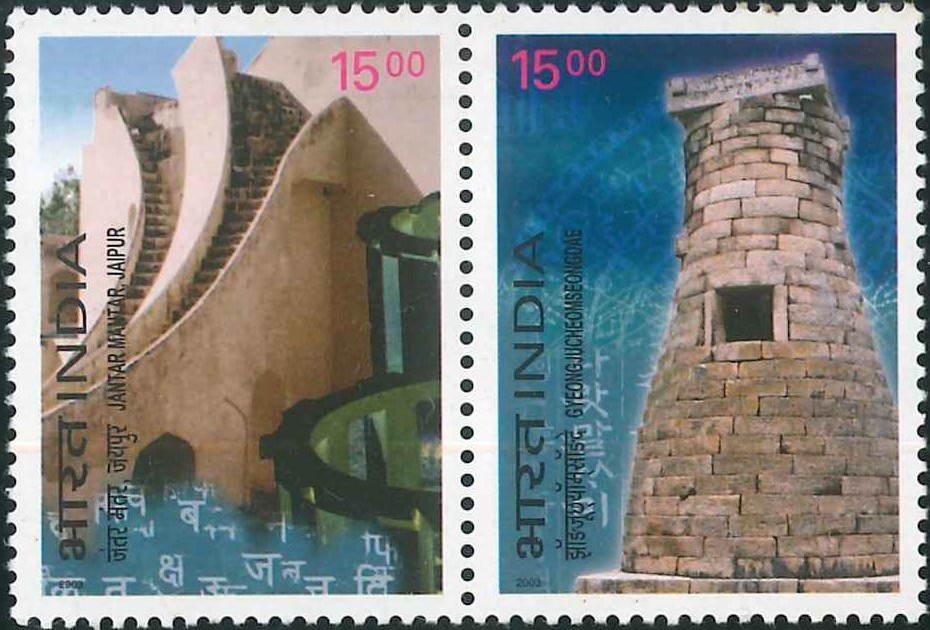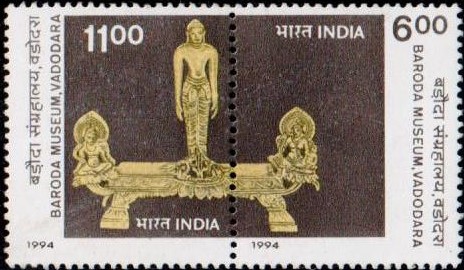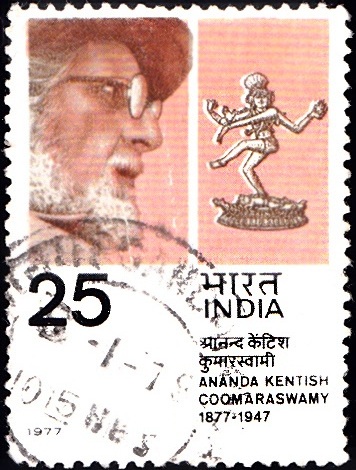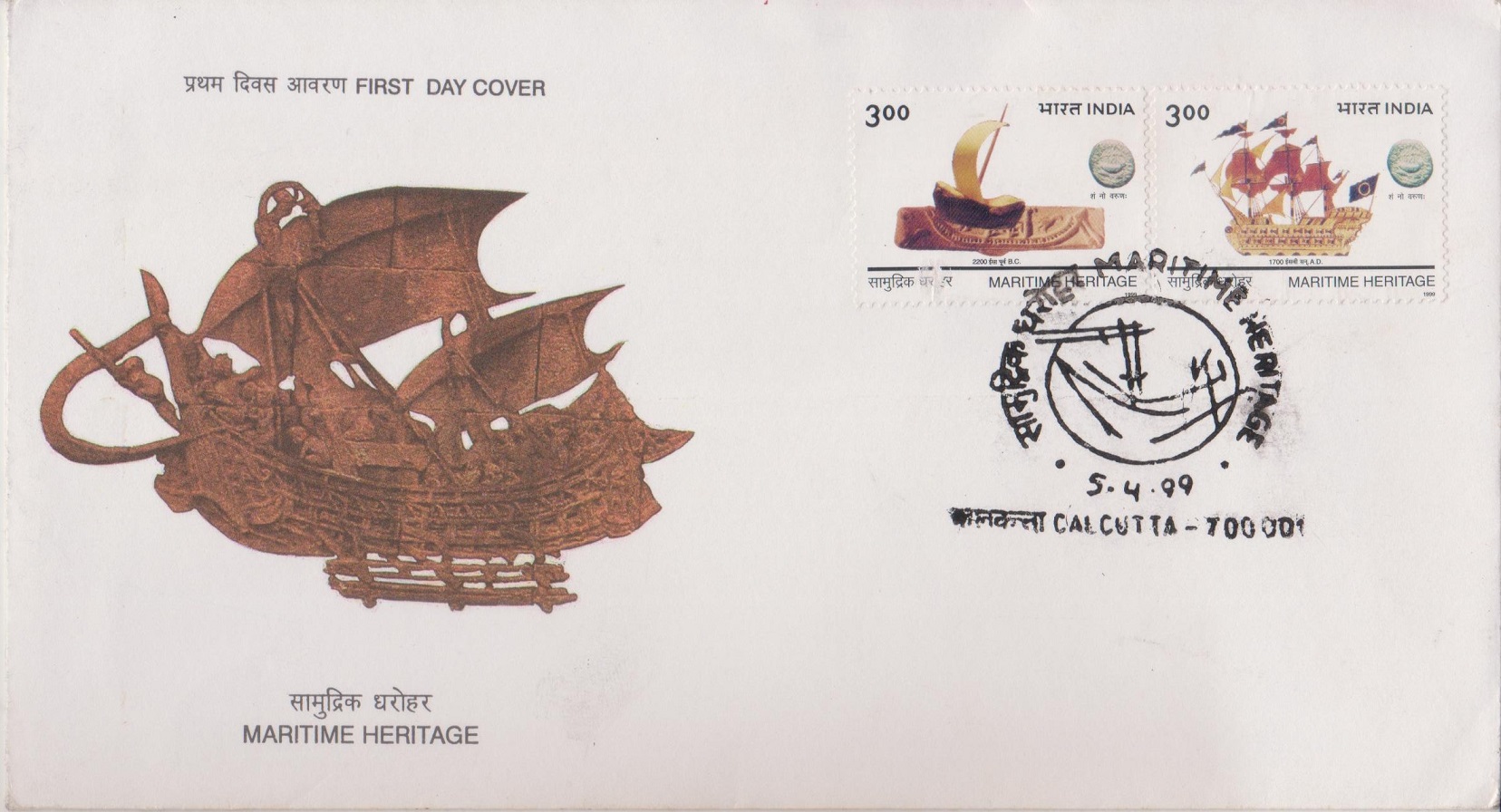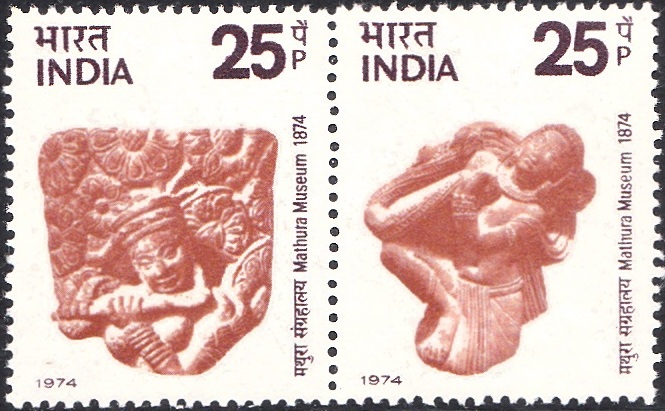
Mathura Museum
Complete Set of 2 nos of commemorative postage stamp on 100 years of the Government Museum, Mathura (initially known as Curzon Museum of Archaeology) :
 Issued by India
Issued by India
Issued on Oct 9, 1974
Issued for : The P & T Department has the privilege to highlight the yeomen service rendered by the Mathura Museum by bringing out two commemorative postage stamps during its centenary year.
Design : The two stamps are issued ‘se-tenant’ and show a lady playing a flute under a tree full of flowers and a Vidyadhara hovering in the air with a garland in his hands.
Type : Se–tenant set of 2 Stamps, Mint condition
Colour : Red Purple and Mineral Red
Denomination : 25 Paise each
Overall Size : 3.35 X 2.74 cms.
Printing Size : 2.97 X 2.30 cms.
Perforation : 13 x 13
Number per issue sheet : 48
Printing Process : Photogravure
Printer : India Security Press
About :
- The Government Museum, Mathura previously known as the Archaeological Museum, is famous for its rich collection of early Indian sculptures, particularly of the Kushana period. It was founded in 1874 by Mr. F.S. Growse, the then District Collector and a great archaeologist. The traditions associating Mathura with the birth of Lord Krishna, the visit of the Buddha and of several Jain pontiffs made it a place of great attraction for the followers of Hinduism, Buddhism and Jainism. As a result, many places of worship sprang up in this city. However, later they lost their glory and became targets of vandalism by the foreign invaders. The monasteries which lay ruined gradually developed into several mounds in Mathura and its neighbourhood. These sites attracted the attention of archaeologists and Indologists who explored and excavated different mounds in search of art treasures.
- The characteristic features of Mathura School of Art are as follows:–
- i) Use of spotted red sand stone;
- ii) Continuance of early art forms of Central India (particularly of Bharhut);
- iii) Fusion of primitive yaksha cult with pantheon of other sects;
- iv) Replacement of symbols by the anthropomorphic forms;
- v) Assimilation of foreign elements;
- vi) Development of new art forms;
- vii) Introduction of portrait figures; and
- viii) Exposition of feminine beauty with great delicacy and charm.
- Dr. J. Ph. Vogel, who evinced keen interest in Indian art in general and Kushana Art of Mathura in particular, classified the collection of the Museum and prepared a valuable catalogue of the Archaeological Museum at Mathura in 1910. He laid the foundation for a proper appreciation of the importance and aesthetic value of Mathura School of Art. This was improved upon by the studies of Dr. V.S. Agrawala. The association of late Pandit Radha Krishna also proved to be of great significance in enriching the collection.
- Mathura Museum is one of the finest of its kind in India and recently celebrated its centenary. Scholars from all over the world had come to attend a seminar on Mathura Art held in Museum. Besides preserving the cultural Heritage of the nation, the Mathura Museum plays a vital role in community service and dissemination of knowledge through various educational activities.


